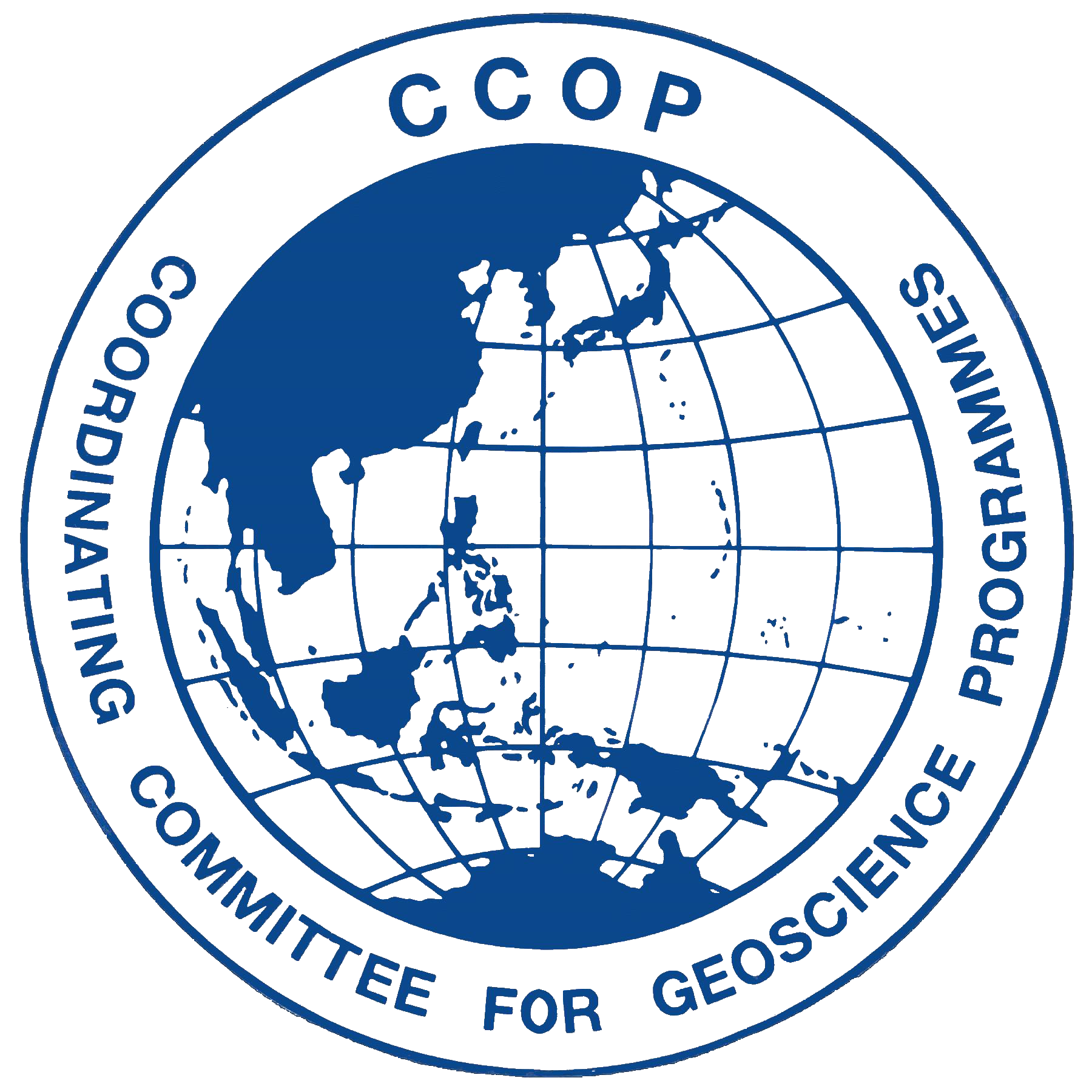Rock Failure Assessment on Paleo-Collapse in Case of the Prasat Hin Pan Yod tourist site, Satun Geopark, Thailand
Keywords:
RMR, SMR, Prasat Hin Pan Yod, Satun, Rock failure, Rockslide, RockfallAbstract
Rockfall and rockslide incidents are currently severe geohazards affecting marine tourism in Thailand. Lately, some tourist sites, located both in the Gulf of Thailand and the Andaman Sea, were prohibited to access. Prasat Hin Pan Yod, the study area developed from a paleo-collapse sinkhole on Khao Yai Island of Satun province, is now confronting unsafe caused by rockfall and rockslide hazards as well. The study applied the integration of simple multi-criteria in GIS, traditional stereographic projection analysis, and Slope Mass Rating (SMR) to determine the rock mass instability of limestones and to find a safe route entrancing the Prasat Hin Pan Yod tourist site. Various discontinuities on the outcrop slopes relating to geomorphological features such as sea cliff, sea cave, and a former broken block of the rockslide were investigated and assessed the rock mass stability.
The study result shows that the dominant wedge failure of rockfall can occur in many spots of the Prasat Hin Pan Yod tourist site. Small pieces of broken limestone hanging on high spots and also filling in rock niches are often found during the field investigation. Rock fragments splitting off the rock face may fall away whenever it is triggered by heavy rain or ground shaking. Direct toppling failure is the comparative subordinate of the rockfall hazard. Its negative impact is similar to wedge failure and difficult to perform risk management as well. Planar failure and toppling failure seem to be low scores and rarely occur the two big severe events happened from that failure modes and revealed obvious field evidence of broken blocks. The precedent event was caused by toppling failure and the latest, February 20, 2021, was originated by planar failure. The previous route getting through the Prasat Hin Pan Yod chamber is not suitable now. Depending on the high SMR score and a few joint intersections causing the geohazard, a narrow strait located between the former broken block and sea cliff is determined as the new safe route for tourists. Moreover, Kayaks should be adopted to use for moving through the narrow strait and permitted for in and out. The tourist numbers visiting the site should be controlled. A Helmet is suggested for more safety as it can protect the tourists from the hanging rock falling from high places.
References
Bieniawski, Z.T., 1989, Engineering rock mass classification: a complete manual for engineers and geologists in mining, civil, and petroleum engineering (p.250), Wiley and Sons.
Deere, D.U. & Miller, R.P. (1966). Engineering classification and index properties for intact rock. Technical report No. AFNL-TR-65-116 Air Force Weapons Laboratory, New Mexico.
DMR, (2005). Sinkhole potential map of Thailand. Environmental Geology Division, Department of Mineral Resources, Bangkok.
DMR, (2016). Seismic hazard map of Thailand. Environmental Geology Division, Department of Mineral Resources, Bangkok.
Khundee, K., Kererattanasathian, V., Hongsaban, N., Khlonkratoke, A., Maihom P., and Tewa, C., (2019). Coastal changes along the Petra Beach to Ao Noon Bay, La-ngu District, Satun Province. Environmental Geology Division, Department of Mineral Resources, Bangkok. 15 p.
Meesook, A. (2014). Lithostratigraphy, Faunal assemblages, Biodiversity, Paleocology and Environment of Deposition of the Cambrian-Permian Rocks in Satun Province, Peninsular Thailand, Technical report contract No. 39/2557, Bureau of Geological survey, Department of Mineral Resources.
Romana, M., 1985, New adjustment ratings for application of Bieniawski classification to slopes,in: Proceedings of the International Symposium on the Role of Rock Mechanics in Excavations for Mining and Civil Works. International Society of Rock Mechanics, Zacatecas, p.49-53
Sinsakul, S., 1988, Geological map of Amphoe Langu (4922 I) map sheet, scale 1:50,000, Department of Mineral Resources, Bangkok, Thailand.
Singh, B., Geol, R. K.2011, Engineering Rock Mass Classification, Tunneling, foundation, and landslides; Elsevier: New York Sinsakul, S., Tiyapairach, S., Chaimanee, N., and Aramprayoon, B., 2002, Coastal change along the Andaman Sea coast of Thailand, Geological survey division, Department of Mineral Resources, Bangkok, 58p.
Thepju, W., Yamansabedean, N., & Bamrungsong, P., 2017. Karst features in Satun Geopark, Satun province. in DMR-CCOP-TNCU Technical Seminar on “ Biostratigraphy and Karst Morphology of Satun Aspiring Geopark, 13-14 July 2017,The Berkeley, Hotel, Pratunam, Bangkok,Thailand, p.50-59.
Tiyapairach, S., 2004. Geological map of Ban Pak Bara (4922 IV) map sheet, scale 1:50,000, Department of Mineral Resources, Bangkok, Thailand.
Waltham, A.C., and Fookes, P.G. (2003). Engineering classification of karst ground conditions. Quarterly Journal of Engineering Geology and Hydrogeology.
Waltham, T., Bell, F. and Culshaw, M. (2005). Sinkholes and Subsidence, Karst and Cavernous Rocks in Engineering and Construction. Praxis Publishing, UK.
Wongvanish, T. (1990). Lithostratigraphy, sedimentology, and diagenesis of the Ordovician carbonates, Southern Thailand. University of Tasmania, unpublished Ph.D. thesis, 215 p.
Downloads
Published
How to Cite
License
Copyright (c) 2024 Thai Geoscience Journal

This work is licensed under a Creative Commons Attribution-NonCommercial-NoDerivatives 4.0 International License.








